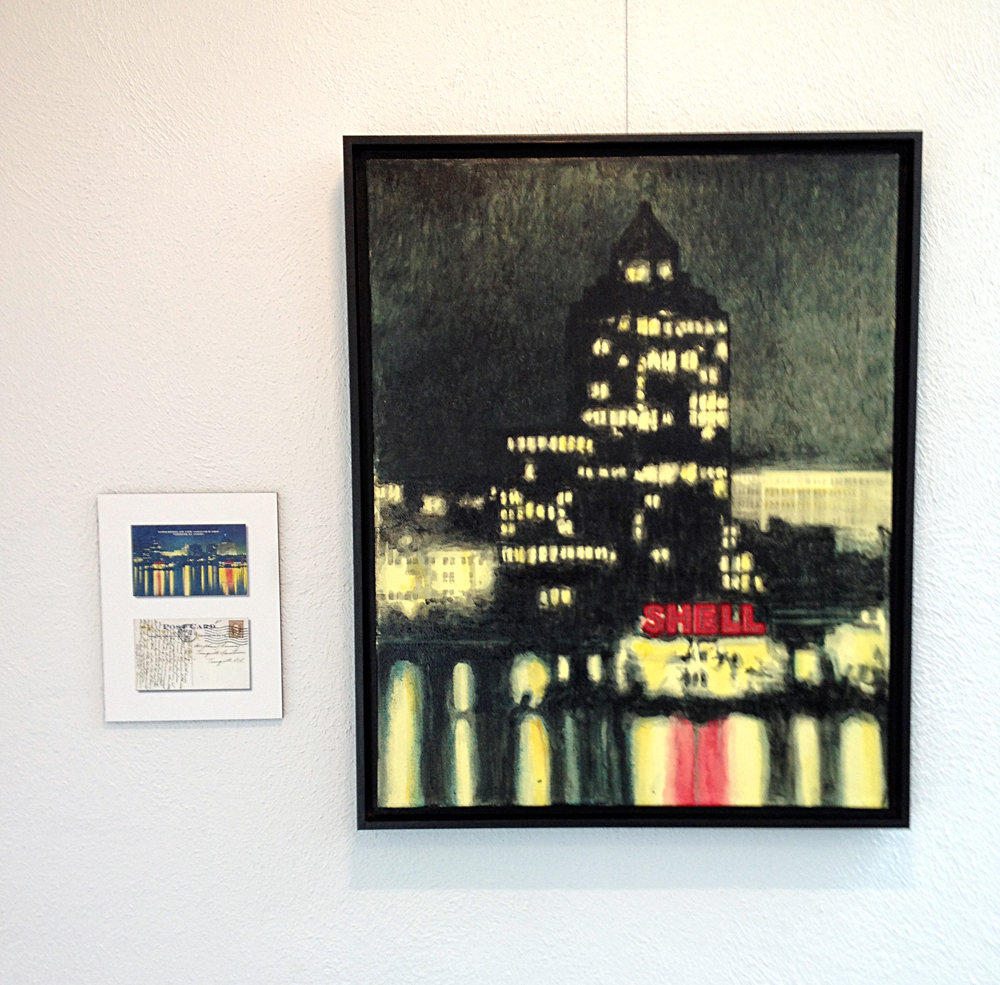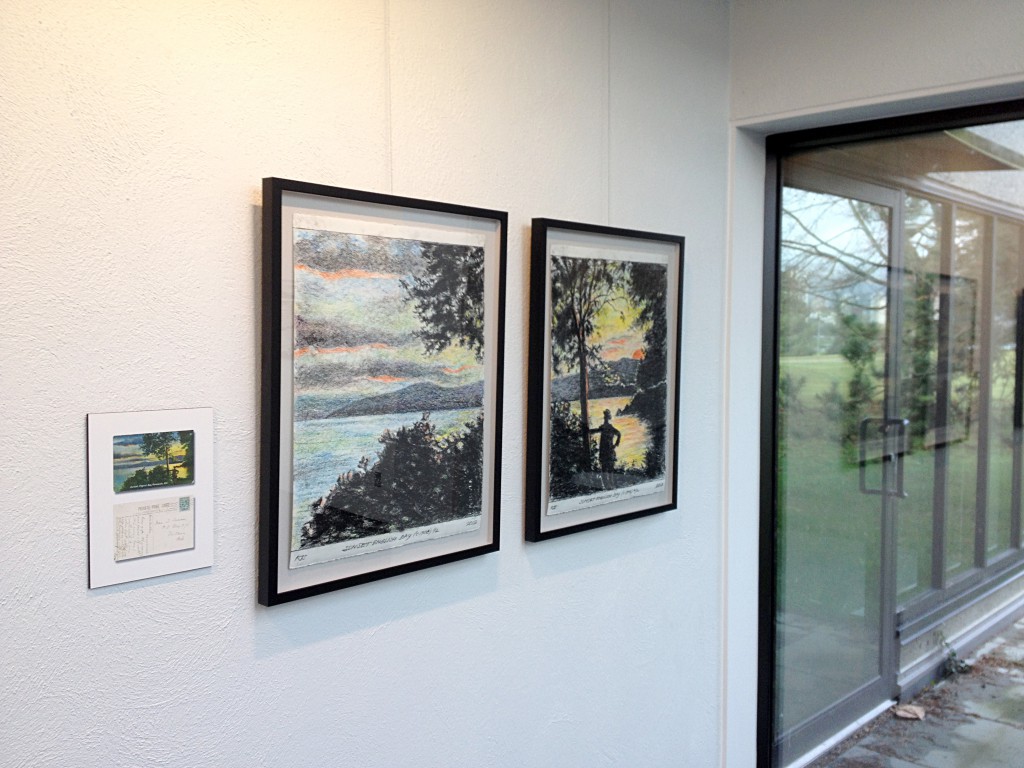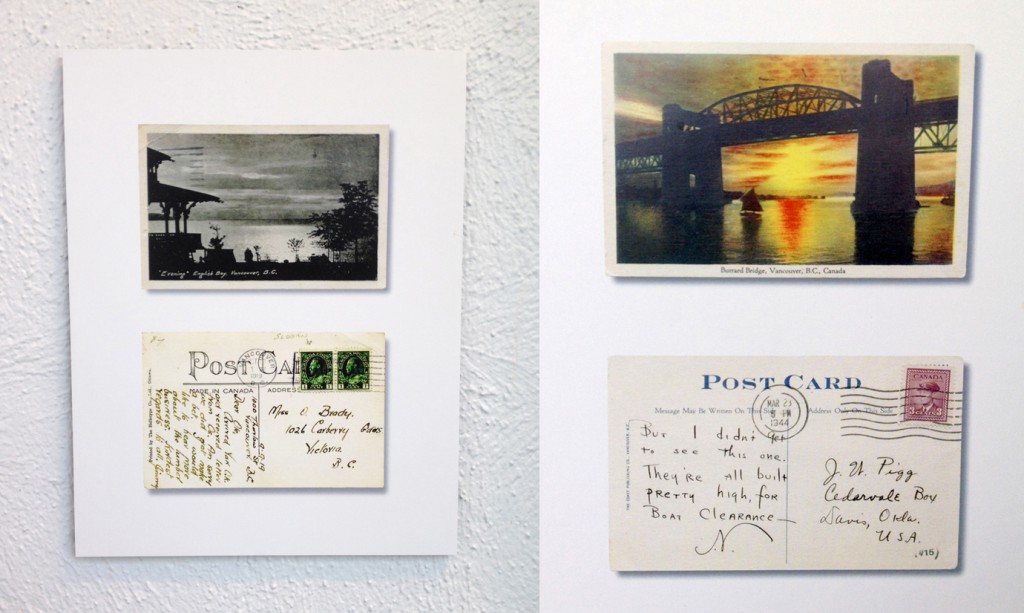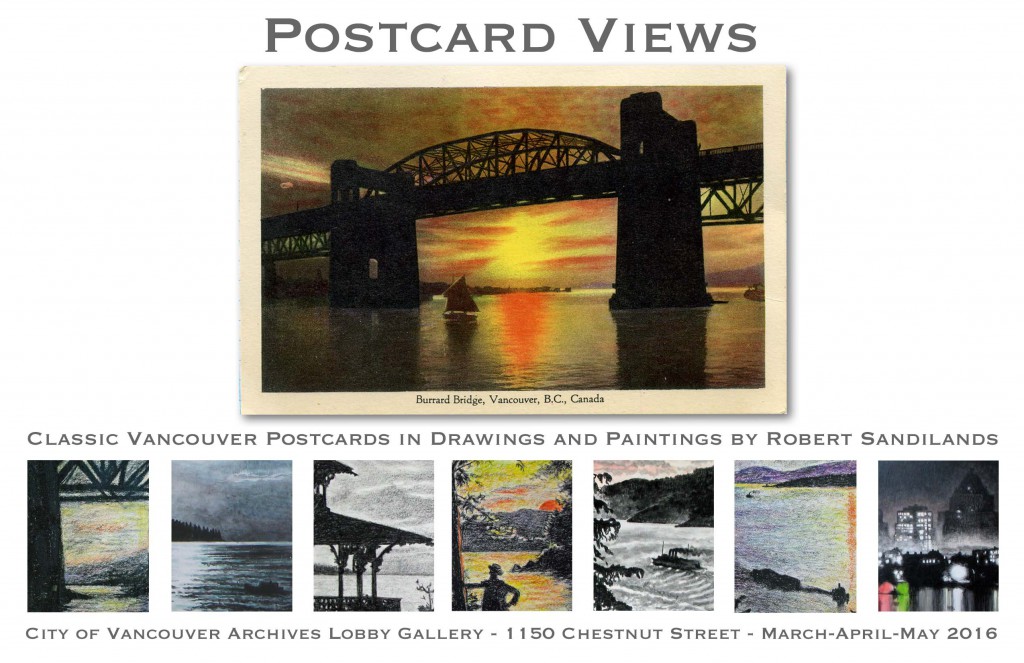*UPDATE – Our annotations are best viewed using Google Chrome as your web browser with a Genius extension*
Some of the Internet’s finest developments revolve around hip hop. One of my favorite examples is the discovery of the date of Ice Cube’s “Good Day” (January 20th, 1992). Better still is the website-cum-app WhoSampled, one of the web’s finest wikis, which allows users to “discover… direct connections” between sampled songs and the songs that sampled them. The greatest, and most ambitious, is undoubtedly Genius (formerly Rap Genius), which began as a means to annotate rap lyrics, but has expanded its mission to annotating the Internet… all of it. Indeed, we will use Genius to annotate this very page, by clicking here.
In a way, it’s not surprising that hip hop should be such an inspiration to the Internet. Coming of age at roughly the same time, both developed a pronounced hypertextuality, a willful indifference to copyright law, and an affinity for the artful diss, on street corners and in “comments” sections everywhere.
One could argue that New York’s Master Builder Robert Moses, too, shares some affinities with hip hop. Moses composed Swinburnian poetry in his Yale days, so he’s been known to spit a rhyme or two, and as befitting a man who ruled his Triborough fiefdom from beneath a bridge, he had a trollish gift for verbose insults. That gift is on full display in this speech, entitled “The Critics Build Nothing,” given at a 1959 New York Builders Association luncheon. When it comes to his critics, Robert Moses asks, a full 29 years before Public Enemy, that we “Don’t Believe the Hype.”
One wonders what would have happened had Moses spent his days trading dozens in the South Bronx, rather than razing its neighborhoods for yet another super-highway. We’ll sadly never know. But, in tribute to this imagined B.o.B Moses, we give his speech the full “Genius” annotation treatment. Below is a transcription of his November 1959 address. To see our annotations, or to add your own, simply add “genius.it/” to the front of this page’s url. Or just click here.
Haters to the left. Annotations to the right.
“The Critics Build Nothing”
(This transcript was created using the free open-source software Gentle. Punctuation and additional edits were added to their computer-generated script.)
Bradford N. Clark (Chairman, New York Building Congress):
we are indeed fortunate today to have gilmore clark introduce his long-time friend, commissioner moses. gil clarke, as an eminent engineer, educator, and planner, has contributed greatly to the satisfaction of the needs of his fellow men. for these accomplishments, he has been the recipient of tributes and honors too numerous for individual mention. his name and that of his firm clarke-rapuano have been associated with almost every major construction project in the metropolitan area over many years. he is a man of action. ladies and gentlemen it is my privilege to introduce to you, gilmore clarke. [applause]
Gilmore Clarke (Architect, Clarke-Rapuano):
mister chairman, commissioner moses, honored guests and members and friends of the building congress. if there is anyone who needs no introduction to a new york audience, it is robert moses. his many magnificent accomplishments in this city, in this state, and elsewhere in the united states, indeed beyond these continental limits, are well known. his name is and always will be linked inseparably with eminently distinguished projects, including power dams that harness great rivers, bridges that span wide waterways, networks of expressways and parkways that are the vital arteries of our vast metropolitan area, spacious parks and playgrounds of all sizes and variety, housing, cultural centers, worlds fairs. and a myriad of other enterprises.
i should like to tell you briefly something about robert moses in the role of the artist. dr. l. p. jacks, erstwhile principal of manchester college, oxford, said these words. i quote: “art is the name we give to the wisest way of doing whatever needs to be done. do anything as wisely as it can be done and you stand at the growing point where all the fine arts begin. there are some people who seem to think that in order to promote the fine arts, you must turn your back on the common work of the world as it goes on for example in a great city and betake yourself to another sort of society where the mysteries of art can be studied without disturbance by the toil and din and turmoil of industrial civilization.
“i suggest another method of looking at the matter. i would suggest that we take the toil of the world as it stands, the toil of business, the toil of industry, the toil of the professions. that we find out the wisest way of doing all that. that we accept it and close with it and make the best of it, lifting to the highest level of excellence it is capable of reaching, and i venture to the say we will have taken the most effective steps we could toward a revival of the fine arts, not excepting the finest of them all. art has always grown out of the common work of the world out of the effort to close that work with all the excellence it can bear.” bob, this you have done, you have closed your work with all the excellence it can bear. every project you have sponsored and directed has been done superbly well. consequently, i opine, you belong in the ranks of the artist, for you have dated in making effective a revival of the fine arts and added to that you are the greatest public works administrator this country has ever known. the bard of stratford expressed eloquently my predicament that this moment. he said, “i have not skill enough your worth to sing for we who now behold these present days have eyes to wonder but lack tongues to praise.” gentlemen, i take pleasure in presenting the honorable robert moses.
Robert Moses:
bradford clark, gilmore clarke, ladies and gentlemen. if as i hope you have followed with interest our moving picture of st. lawrence and niagara power, i want to point the morrow. licensing on our two frontiers was fought over by extremists for many years with great bitterness, recriminations, random charges, and fantastic claims, all admirably calculated to befuddle the public, obscure the real issues, and postpone the inevitable conclusion for the public authority was the only logical and acceptable answer. i started on this work as a junior assistant to governor smith almost forty years ago. i have been in the middle of it as head of the state park system for thirty five years. five years ago governor dewey made me chairman of the power authority which has enabled me with the aid of my fellow trustees, commissioners, staff, and consultants to coordinate major improvements on the saint lawrence and niagara rivers. at both messena and niagara i made the statement that our purpose was to live up to a fast schedule. that we aim to be respected rather than to be popular but that perhaps some day we might achieve both. i think we are now well liked on the saint lawrence and perhaps some day we will be on the niagara. nobody escapes grossly prejudiced and unfair attack, who has taken the solemn oath of office to follow, in work like that of the power authority, a middle course between the left-wingers who want government to do everything including challenging and driving out private business, and the old fashioned tycoons who still demand that the state giveaway its basic legally inalienable natural resources to utility companies with a record too recent to forget.
No doubt some of you would think that i was ducking if i said nothing about the so called title one housing program, in which so many of your people are engaged. the purpose of title one – which was lost sight of because the air was full of old vegetables, rotten eggs and dead cats – is to attract private capital to the pitfalls of slum clearance. our official committee here in new york works gratis. it is able to show that this city is undeniably first and foremost in the entire country in actual achievement, and yet we have been vilified by snarling critics at home, and without reliable political support or full citizen understanding.
nobody can tear down ancient rat infested rookeries without first moving people. we have not been heartless in the process. we may at times have been clumsy, but we’ve steadily improved our techniques. I admit freely that one test of democracy is concern for the individual subject to inconvenience, discomfort, and hardship, but our categorical imperative is action to clear the slums and we can’t let minorities dictate that the century old chore will be put off another generation or finally abandoned.
the left-wingers have no monopoly of hatred of injustice. if i did not believe the people at least potentially way ahead of many of their present leaders, if i did not think that given time they can see through demagoguery, i would despair of democracy. i’ve been through these disturbances before and they don’t bother me too much. perhaps it’s the long view or the applause of conscience or the hide of a black rhinoceros that helps me to maintain balance in such situations. occasionally too, i lift up mine eyes unto hills from whence cometh my help. at the end of these periodic uproars some odd blessings appear, comingly disguised but still recognizable. among other things we learned to be grateful for friendships which have proven durable.
in our unprotected public service you must always be ready to quit when the elected officials no longer want you, or when there is no further opportunity to get results. you must accept most of the rules of the game no matter how brutal and unfair, always reminding yourself that you can retire to other fields, more interesting, productive, and i may add, more restful. those who have large objectives simply can’t brood over their enemies. it’s not nobility. unlike some of the tuscarora indians we forget where the hatchet is buried. Fame is not for little bureaucrats. we must get our fun out of our work. the most i can possibly expect is to be remembered for their a short time as the “archie moore” of public works. [noise]
you can put this in your pipe and smoke it. the professional vomiters and mud throwers, jealous and unhappy chairmen and secretaries of moribund civic societies, with their excited maggoty brains, the rattlesnake element in the press hot after sensational disclosures, the junior bloodhounds, and unlicensed sleuths, in other words those who under the guise of civic righteousness and news fit or unfit to print, habitually and constantly malign new york, are doing our city no good. Stephen Vincent Benet in one of his prophetic poems told about a new variety of termites who eat away the granite, steel, aluminum, and glass of our big buildings. we also have two legged termites, busily disemboweling and undermining our city. we are told by the planners and pundits that cities like new york are too large for comfort and government. the real trouble there so if they’re too big for most of those who try to interpret them.
there’s another type of critic like the guided tour american traveller who has read a book by doctor hassenpheffer and finds that everything is ordered better in post-war europe. look, he says , at swedish co-operative housing. well i’ve looked and being neither a jingo or a groveler, find much that is admirable on practically nothing we can use in view of fundamental differences in conditions in the two countries. these critics have no time for praise, no pride in our astonishing accomplishments, and the attractions the indomitable energies the visions and hopes which make new york what it truly is, the greatest metropolis in the world. god knows we have our manifest deficiencies. but if a tenth of the talent and energy hired to tout our expensive wares and fabled rialtos were spent on counting our blessings,we would confound the caricaturists who picture new york as only a place of wrath and tears and become the envy of gath and ashkelon.
my mail often takes its tone from whiners and bricks-throwers. nervousness and irritability are on the increase. so are stomach ulcers. maybe the youth problem is simply dramatic evidence of general malaise. it is indeed almost pathological. some of these belly-achers may need treatment to get back balance, a sense of fairness and the native humor which is always been the great american life saver. i hear more and more complaints about hard surface tennis courts, slides without cushions, weak coffee, half buttered sandwiches, under-beefed hot dogs. shuttering desiccated aristocrats curse us because gay ragamuffins splash in our fountains in the hot weather. women complain that the nearest playground is eight blocks, that is, sixteen hundred feet away. the fact that we increase the total number playgrounds from a hundred and seventeen almost eight hundred makes little impression. few mention the miles of new parkways and expressways, but a hole in the pavement, misplaced or illegible sign, or broken light will elicit howls of rage. speeders yell that they are the targets of speed traps and grafting cops. writers wax sarcastic about riveting noises at night, manufacturing topsoil out of sewage, failure to grasp relations between the city in the suburbs, the alleged preference of rubber over rails, the proportion of friendly not to say complementary letters is still large but declines. the anonymous grievous and threatening ones increase.
when those of us who for years have studied road accidents conclude that speed makes all the difference between major or minor accidents and therefore refuse to raise speed limits, we are ridiculed by critics who insist on faster travel and the right to kill innocent people. for years the automobile industry blindly opposed gas taxes and modern highways and called us every name that was printable. by the time the folly of this position was realized, we were years behind in our road building. i won the general motors top highway award in the competition involving some forty two thousand contestants and nineteen fifty three for telling publicly what everybody in detroit already privately knew, namely that a car is no good without a road to run on.
at niagara we are expected to excavate out conduits, reservoirs, and powerhouses without blasting of the slightest community disruption. solomon’s temple the good book says was fashioned with prefabricated and doubtless pre-stressed stone so that no sound of hammer, ax, or any tool of iron was heard in the building. somehow with all our modern gadgets we’ve lost the art of building noiselessly. a word of encouragement real or fancy that city hall and the critics shriek with delight, they think that they have driven a wedge between the mayor and the department head. out come the headlines: mayor appoints investigating committee, mayor slaps down zilch, commissioner blatz on way out, a scandal ridden bureau to be abolished, racketeers denounced, underworld link to be broken, and so forth. the final payoff, reputation, denouement, retraction or correction appears on one of the last pages with the dow jones stock averages, brazilian coffee exchange news, and death notices. [noise]
one of the favorite press gags at every state capital county seat and city hall is to needle a governor, comptroller, chairman of the board, supervisors, or mayor with the question “who is the chief executive anyway? you or your subordinate?” Then the top man is expected to fly into a rage beat his chest like tarzan and say “i am.” such questions was never got a rise on of abraham lincoln. he allowed he could get along with the eccentricities and even arrogance of his aides. if they contributed to his administration and the winning of the war. and he asked mildly where general grant got his cigars and his whiskey on the assumption that they might benefit the generals critics. at the height of one of these tea kettle tempests i was getting out of an elevator in the municipal building at a conference attended by a number of officials. i was one of the last ones off and heard a man say to the operator “who are those bozos?” the operator answered “commissioners, a dime a dozen.”
some of nicest signed letters i get are in longhand or marked “personal.” they are from prominent people who just can’t afford to come out and they open, so they thunder in the index. their testimony is offered incognito and in absentia. now and then one of them writes a letter that in spite of crudity, bad manners, rough tactics and so forth, my heart seems to be in the right place. these forthright communications remind me of senator royal s. copeland’s campaign for reelection in nineteen thirty four. his principal asset was a syndicated health column in the daily press and one day of the following colloquy appeared: “dear doctor copeland, my aunt emma has cold feet. what shall i do for them?” the reply was “there must be something the matter with your aunt’s circulation. see your local doctor.” of course the senator was triumphantly reelected.
i do not argue for immunity from criticism. that would be silly. i ask only for fair unbiased decent criticism consistent with loyalty to our town. criticism kept within the bounds of decency is a form of competition, it sharpens the wits. and is the very essence and hallmark of democracy. Criticism in the form of irresponsible sensationalism, rabble rousing, slander, and malice is a poison in the body politic. the public official who takes it lying down is a weakling and a coward and probably deserves what he gets. no one who does not love his city is fit to live in it. and no one who fouls his own nest can do it again good. our domestic snivelers are always apologizing because they live here. paul the apostle, the greatest of all missionaries boasted that he was a citizen of no mean city and everywhere boldly claimed the privileges and immunities of roman citizenship. the yahoos of the world would accept us more readily if we followed this precept. you think there is anything new in all this? we need not make absurd or sacrilegious comparisons in appealing to the muse of history.
i have no illusions of grandeur, no thirst for martyrdom and i’ve had too much fun to invite or beg for sympathy. as governor smith used to say let’s have a look at the record. they ostracize the leading citizens in greece. they tired of hearing aristides called “the great.” they tossed out Baron Haussmann after seventeen years of service, which saved paris from rot and strangulation. mr. dooley sapiently remarked that the triumphal spanish american war arch at madison square was built out of temporary material so that the crowd could throw the bricks at admiral dewey when they got tired of him.
there is to be sure another possible approach to this problem, perhaps we should not be indignant about those smear their their neighbors and foul their own nest, perhaps we should become mellow or philosophical about them. I’m not positive myself that all skunks should be deflowered, dehydrated, desegregated, deceased or driven forth to their waste their sweetness on the desert air. Who am i to disturb the balance of nature? who knows what will happen when the polecat closes his pole? will he be freely accepted at lodges and lawn parties? suppose he suffers the fate of fellow who cured his halitosis and found he was still unpopular. maybe nature intended of their shall be at least one blankety-blank in every dozen.
we little bureaucrats to a level best, poor and inadequate though it may be, to accomplish something in our span of office. we have to rely a good deal on timing. as it says in ecclesiastes, there’s a time for every purpose under heaven – time to strike out, time to stick religiously to what we have, a time to devise novel expedients to fit new inventions, and a time to act as custodians to great traditions. there’s quite a gap between the veteran public official who naturally seeks to mop up his program in a neat orderly way, without frantic haste in the time remaining to him, and the critics who mull over his political and physical life expectancy and devoutly hope he won’t make it.
all progress calls for courage, determination, and a stomach for a fight. the question of method is always in dispute. there will always be people who say they agree with your purpose but don’t like the way you go at it. action is a rough business compared to thought. any persistent civil works administrator is bound to be tagged as ruthless inhuman and even sadistic. in the second war, we had two great supply chiefs, admiral moreell and general somervell. the admiral was as effective but less ruthless than the general. that is there was more mopping up to do after the general who had a marvelous company of trained dog robbers under him. there’s not to reason why. no civilian administrator possibly hope to have such crew. i often think of the general’s aid with wonderment not unmixed with envy.
the chesterfieldian ‘fortiter in re, suaviter in modo’ precept never appealed to me because in the rough and tumble of public building and administration i have never known it to work. the chesterfields are in their drawing rooms elegantly attired and nonchalant, sipping port and eating cake, while the battles rage in the marketplace and at the barricadoes. it should be noted in passing that the belted earl of chesterfield is remembered today only as the man whom samuel johnson wrote the most excoriating, shriveling letter in history.
i’ll make another assertion which may astonish some of you, there’s hardly an undertaking for which we get credit which we invented or discovered. wise men were living before agamemnon. we were called in to build because the progenitors had the idea, but lacked the support, the finances, the know-how, and in some instances, the guts and elbow grease to beat their way to the goal. these things are not done by easygoing people who thumb a ride through life. we were not selected because we were popular, or because our toughness was admired by everybody. we slap no backs and kiss no babies. we were given the chore “faute de mieux,” as the french say, “for lack of anything better.” our only claim is that we have produced. can you know imagine metropolitan new york choked, throttled, tripped, coffined, and confined without the bridges, tunnels, parkways, expressways, and throughways built to open it up by those who had to beat and hack down opposition? do you think the increase in values around the old slaughterhouses where the united nations was build occurred by accident? the riverside park and the henry hudson parkway were done by leprechauns? that the belt parkway dropped from heaven? that the park at jones beach rose like an exhalation? or that magic reclaimed our marshes and waterfront? do you go with the sour-bellies and say that if we had not done these things someone else would?
you are the builders. you will have little on which to use your skill and earn your living if the snarling critics and breast-beaters, wise-crackers, beatniks, and squares take over this town, which in spite of them is still today the envy of all the great cities of the world. if we are slipping, it is because or home detractors, cynics, and apologists are doing their damnedest to hurt us. if you want prosperity, look to your laurels. you have strong competitors in the hinterland and ruthless ones abroad. life is a battle. and those who tolerate foes of their own household will have no one to blame if prouder, stronger, and more constructive workers elsewhere elbow them aside.
that is what my canadian power opposite jim duncan said about communist china. those who have any understanding of world competition should listen to him respectfully. “wherever one travels or one’s travels take one in china, unbelievable activity of material progress are in evidence everywhere. Factories, the building trades, basic industries, operate around the clock on a 3 eight-hour shift basis every day of the year, excepting the days of national rejoicing, which are six in number. in the city of peking alone more building has taken place in the last seven years than since the beginning of the ching dynasty in sixteen forty-four. everywhere new factories are being constructed: public buildings, apartment houses, schools, universities arising from their foundation with amazing rapidity. railway lines are being laid down, airports and sewage systems are being built, more food is being grown, more goods are being produced, more children and young people are being educated, and the specter of starvation no longer stalks the land.”
this building congress has a great role to play in a free society. it represents united brains, skills, brawn, and a stomach for competition. you take risks. you asked for a good market and the fair chance of reward. i speak for those who employ you on public and quasi-public works and i can promise you a busy and prosperous if not uneventful future, given conditions which make it possible. the critics by and large build nothing. there will always be new problems in a spreading metropolis. problems are, in a very real sense, signs of growth, without them we would stagnate. some of them to be sure represent lags which have grown so aggravating that they can no longer be tolerated. none of these are beyond our powers to alleviate if not wholly solve if all of us are willing to make some sacrifices for the common good. we have the tools. we have the means. we have the men. give us respected leadership that will breathe confidence, not dismay, into the people of new york and give loyal support and we will rebuild this city.
Bradford Clark:
On behalf of the congress, commissioner, many, many thanks.
Audio courtesy of the NYC Municipal Archives WNYC Collection.
WNYC archives id: 150533
Municipal archives id: LT8865
![]()

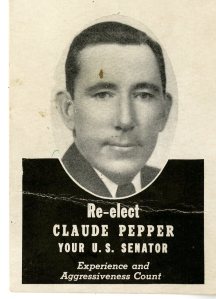
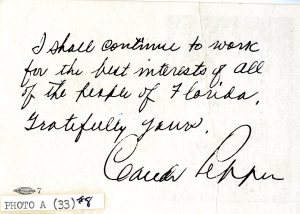


 Everyone enters a field of work for one reason or another. For me, pursuing a Masters of Library and Information Studies began from a desire to be an archivist, a type of information professional that is largely underrated, misunderstood, or even unheard of by the public. The mystery regarding the profession drew me in initially. Popular culture depicts archives as dark and secluded repositories with strict access restrictions guarded by a gatekeeper, hesitant to divulge any of the archives’ secrets. Think of the less-than-helpful associate in the Jedi Archives who turns Obi-Wan away in Star Wars Episode II; she might as well have shushed him while she was at it!
Everyone enters a field of work for one reason or another. For me, pursuing a Masters of Library and Information Studies began from a desire to be an archivist, a type of information professional that is largely underrated, misunderstood, or even unheard of by the public. The mystery regarding the profession drew me in initially. Popular culture depicts archives as dark and secluded repositories with strict access restrictions guarded by a gatekeeper, hesitant to divulge any of the archives’ secrets. Think of the less-than-helpful associate in the Jedi Archives who turns Obi-Wan away in Star Wars Episode II; she might as well have shushed him while she was at it!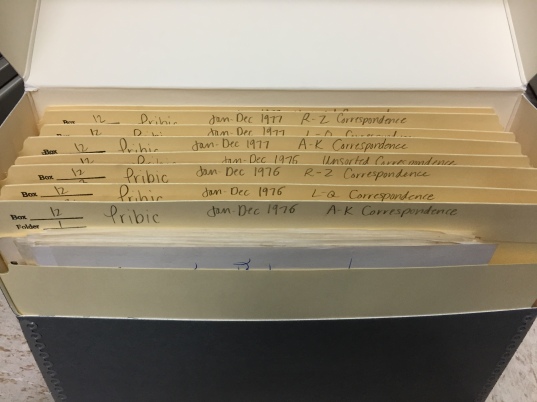 In a job where creating order out of disorder is a top priority, the profession tends to attract many an OCD history buff. There’s something viscerally satisfying about organizing a dusty old mess of papers into a neat collection of documents in acid-free folders, legibly labeled for ready accessibility.
In a job where creating order out of disorder is a top priority, the profession tends to attract many an OCD history buff. There’s something viscerally satisfying about organizing a dusty old mess of papers into a neat collection of documents in acid-free folders, legibly labeled for ready accessibility. Many steps go into creating this order, however. After gaining legal custody of the documents, the archivist has to “gain intellectual control,” which is a sophisticated way of saying “learn exactly what kind of stuff is in the collection.” In order to do this, one must comb through the contents, which could take a very long time depending on how many linear feet the collection is, and create an inventory. The collection I’ve been “gaining intellectual control” of is called the Douglas and Jeannette Windham Papers, which contains the papers and publications of Douglas and Jeannette Windham, a distinguished FSU alumni couple. I’ve listed the materials that are in the collection, including personal papers, correspondence, academic articles, photographs, and professional reports. Once intellectual control is established, I can work with the archivist to determine a plan for order and begin to folder the contents into acid-free folders. A.K.A. the fun part! The kind of fun that is on par with labeling the shelves of your pantry, or color-coding your closet. (Yes, this is how I live).
Many steps go into creating this order, however. After gaining legal custody of the documents, the archivist has to “gain intellectual control,” which is a sophisticated way of saying “learn exactly what kind of stuff is in the collection.” In order to do this, one must comb through the contents, which could take a very long time depending on how many linear feet the collection is, and create an inventory. The collection I’ve been “gaining intellectual control” of is called the Douglas and Jeannette Windham Papers, which contains the papers and publications of Douglas and Jeannette Windham, a distinguished FSU alumni couple. I’ve listed the materials that are in the collection, including personal papers, correspondence, academic articles, photographs, and professional reports. Once intellectual control is established, I can work with the archivist to determine a plan for order and begin to folder the contents into acid-free folders. A.K.A. the fun part! The kind of fun that is on par with labeling the shelves of your pantry, or color-coding your closet. (Yes, this is how I live).

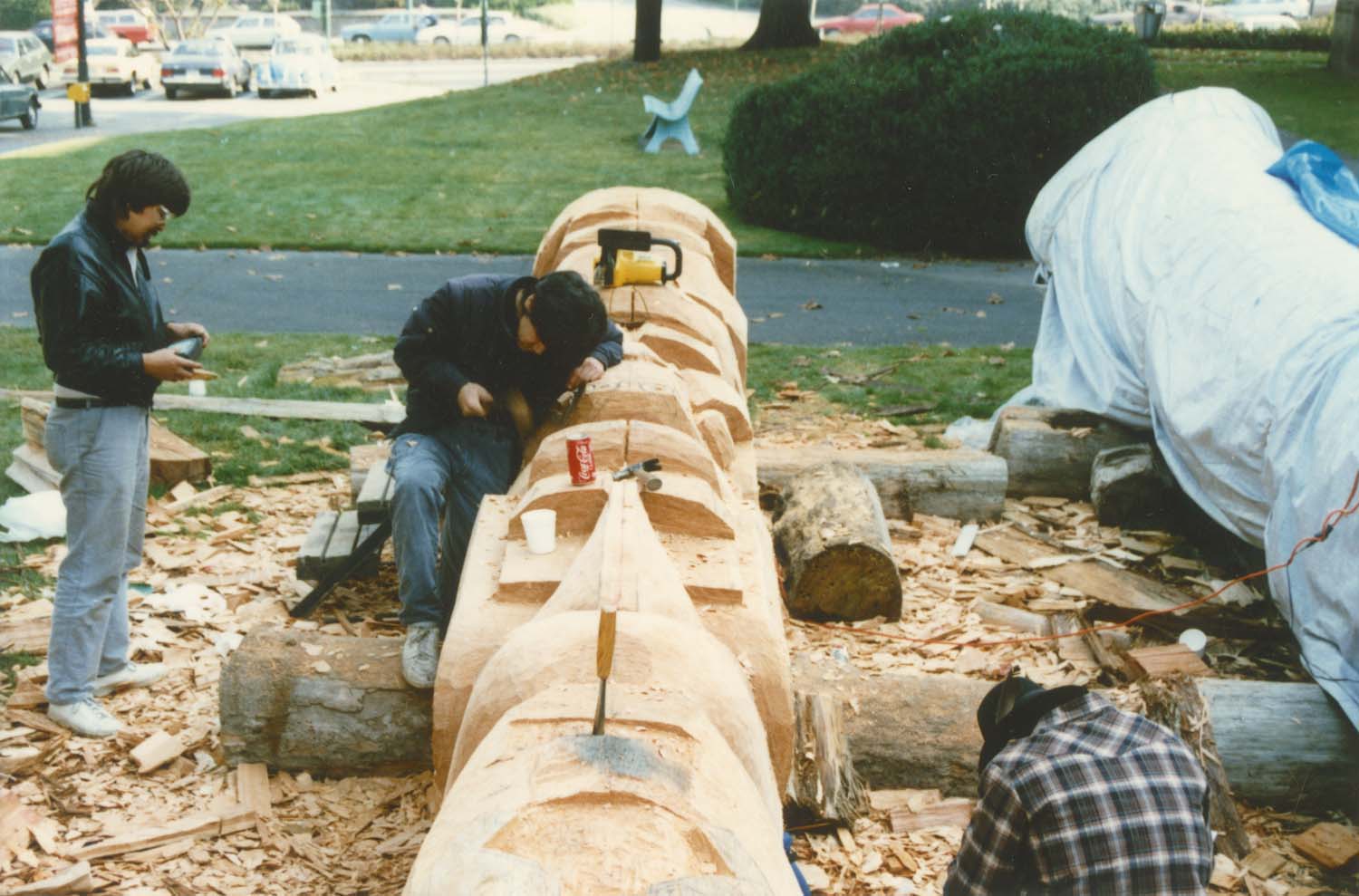
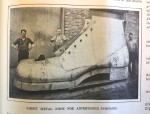

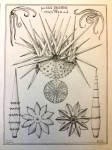
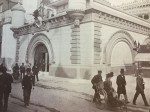








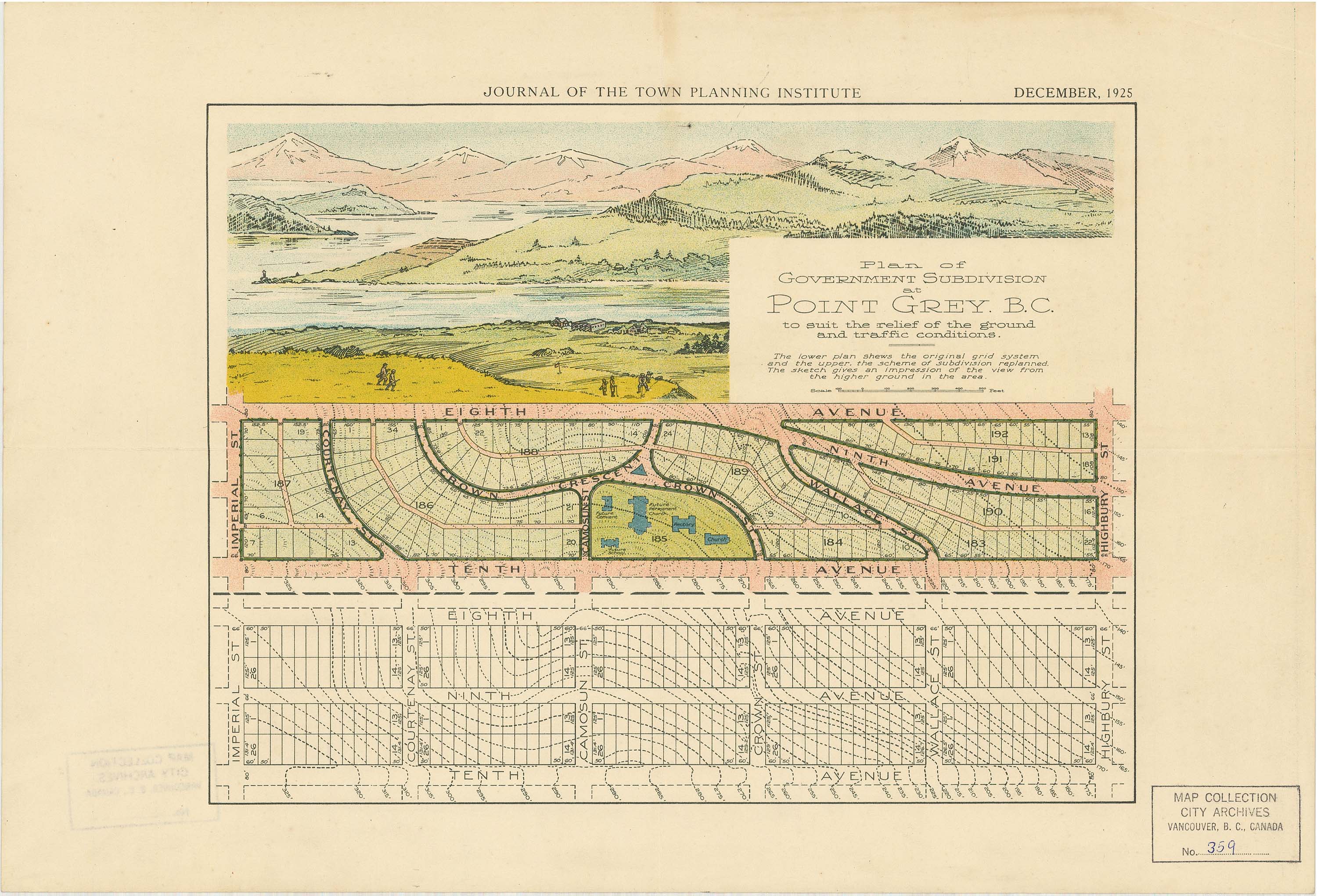

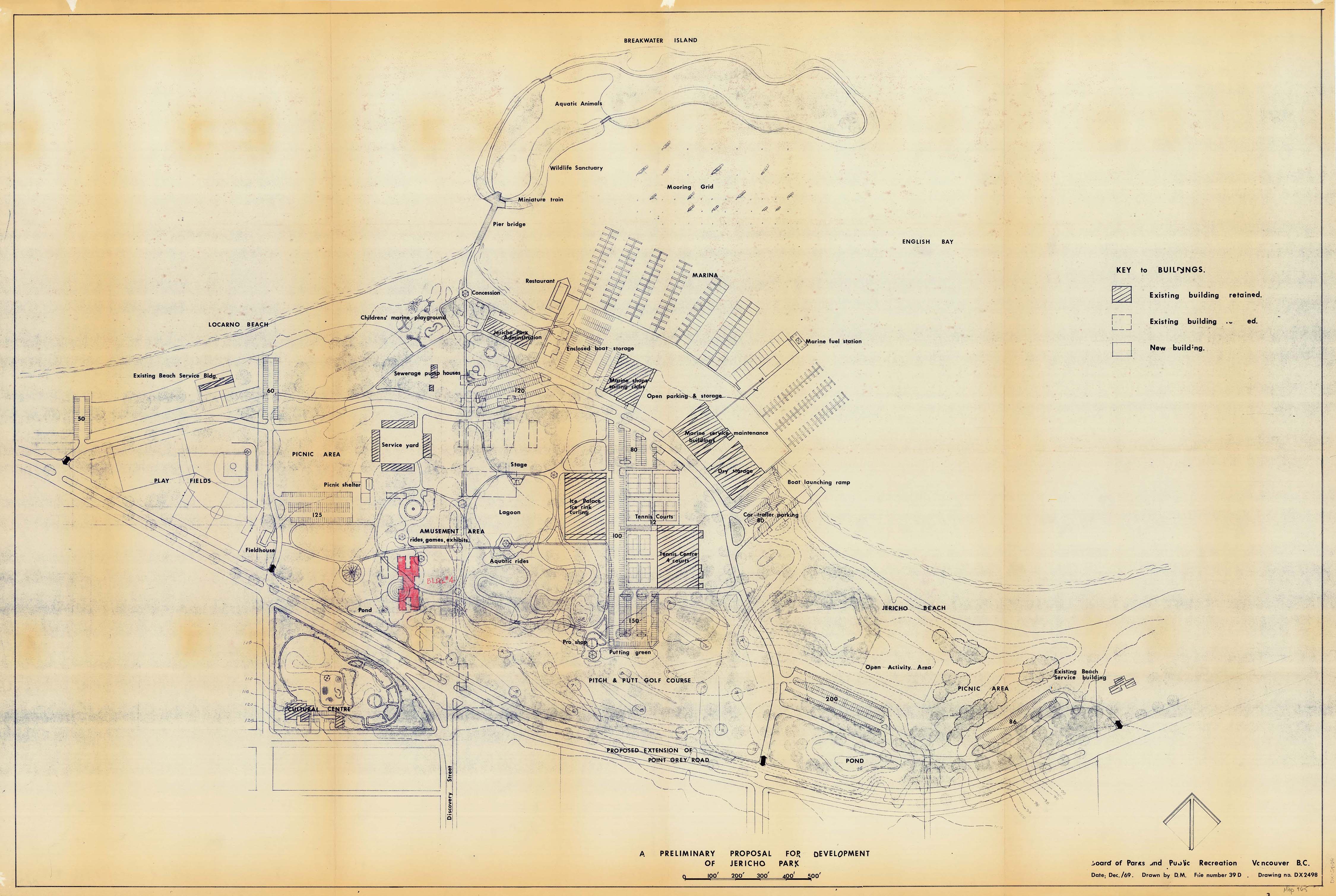

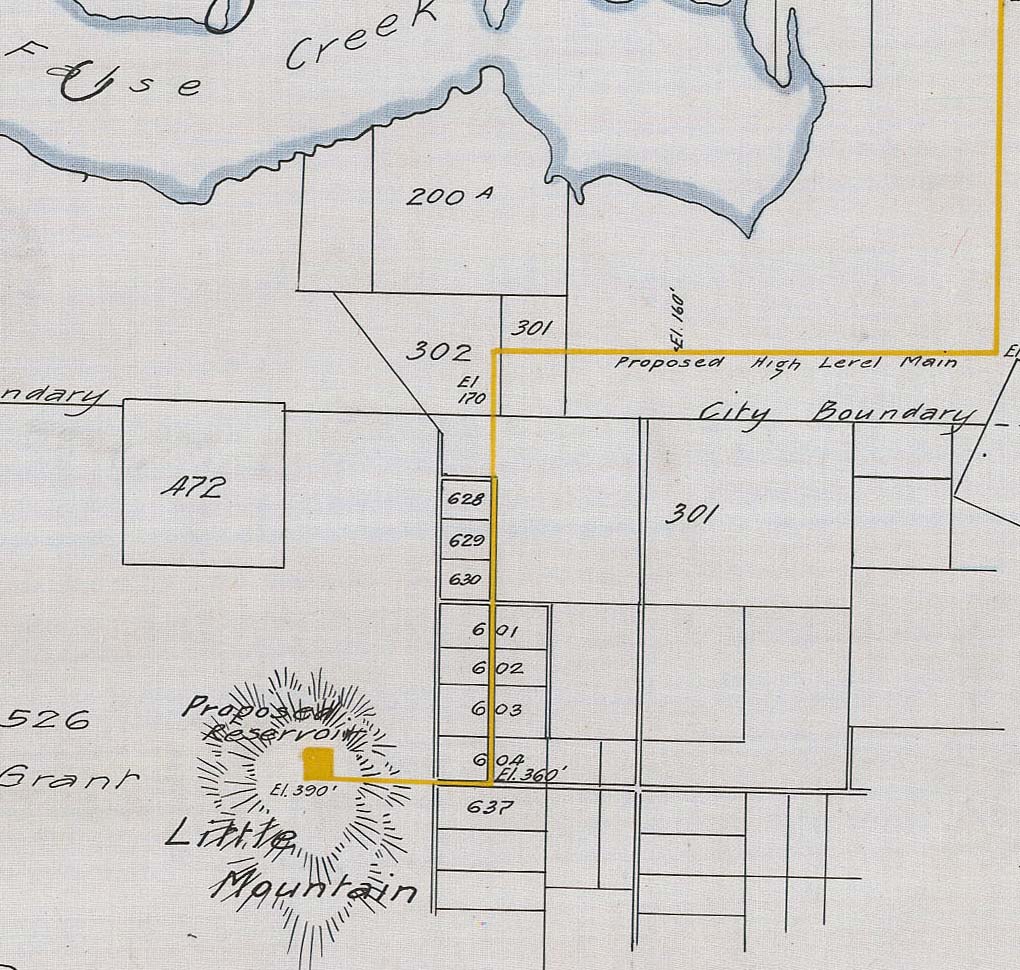
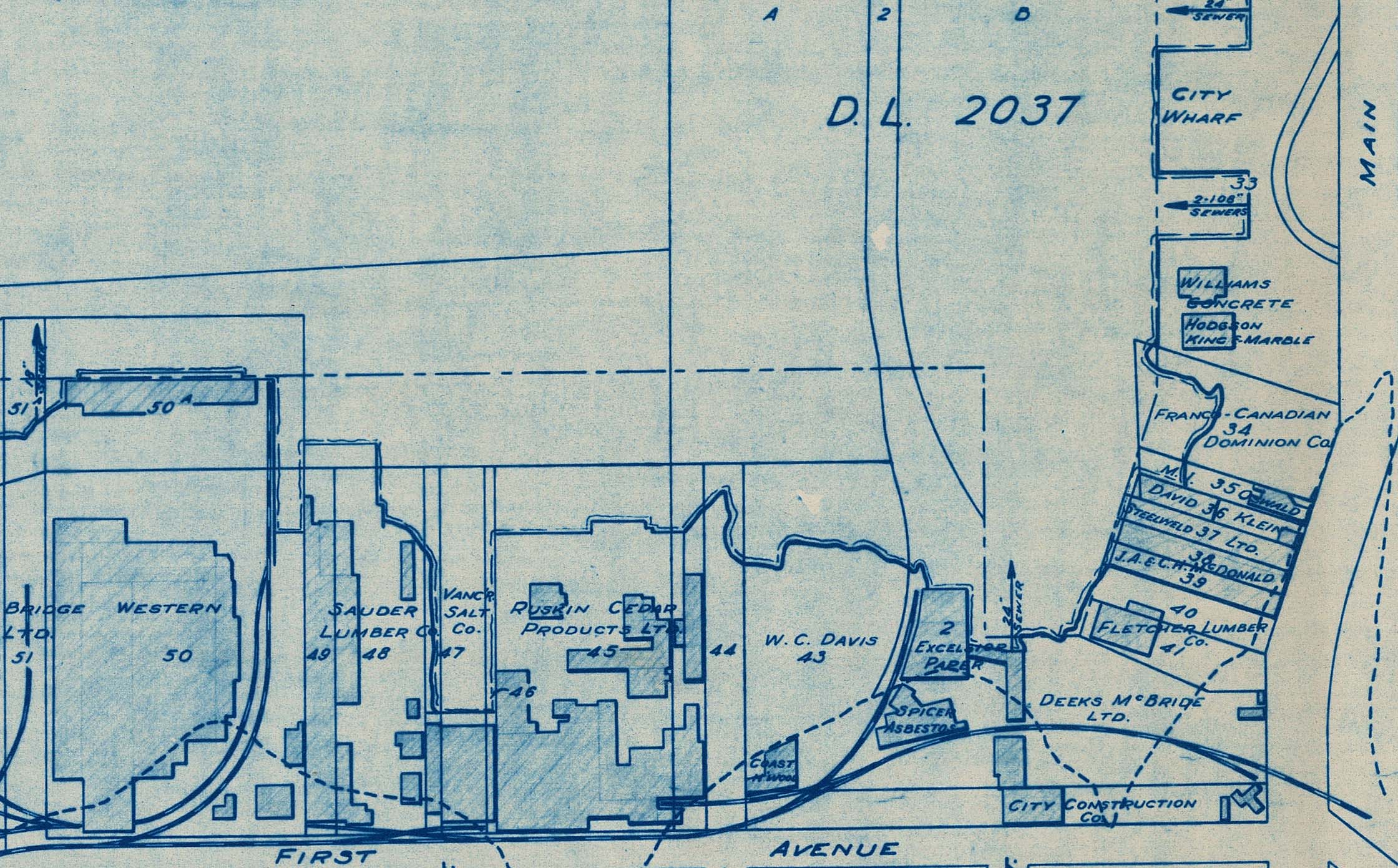

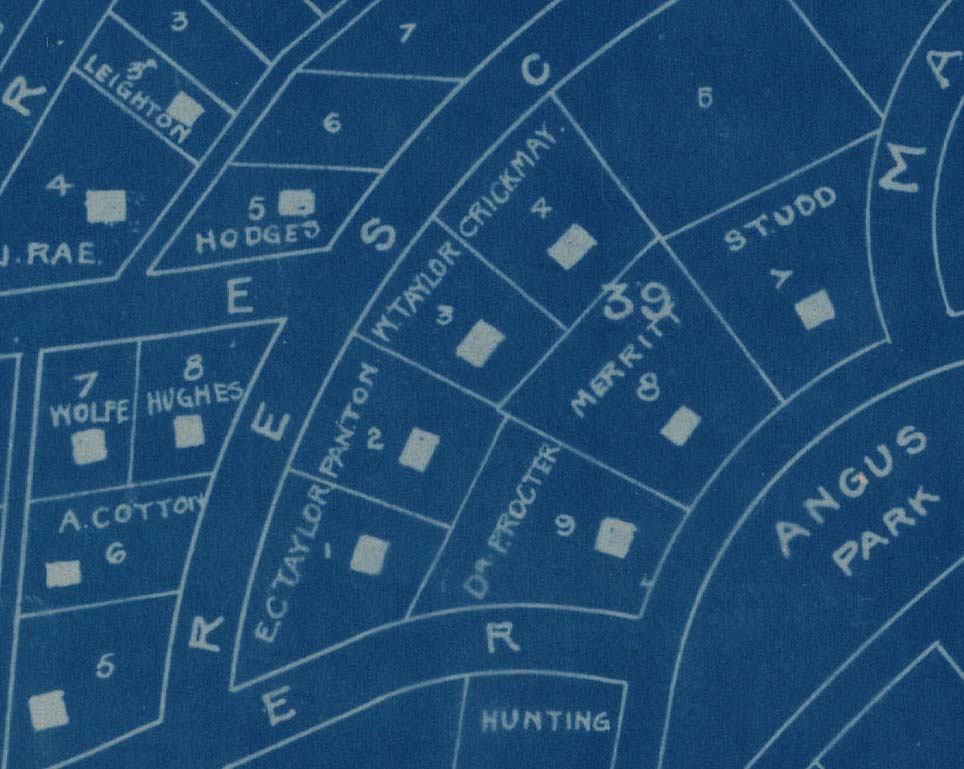




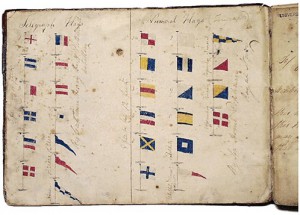







 nds for Lots Of Copies Keeps Stuff Safe. Similar to the idea of backing up personal files, LOCKSS will duplicate the files given to it and then distribute copies of files across several servers. The idea is to spread the system out over many servers in diverse geographic areas to minimize the risk of a single disaster (natural or otherwise) compromising the entire system. These distributed copies are then regularly hashed, and the checksums compared to test the validity of the files. If a checksum comparision fails, that server can delete it’s failing copy of the file, and ask the other servers for a new one.
nds for Lots Of Copies Keeps Stuff Safe. Similar to the idea of backing up personal files, LOCKSS will duplicate the files given to it and then distribute copies of files across several servers. The idea is to spread the system out over many servers in diverse geographic areas to minimize the risk of a single disaster (natural or otherwise) compromising the entire system. These distributed copies are then regularly hashed, and the checksums compared to test the validity of the files. If a checksum comparision fails, that server can delete it’s failing copy of the file, and ask the other servers for a new one.


















